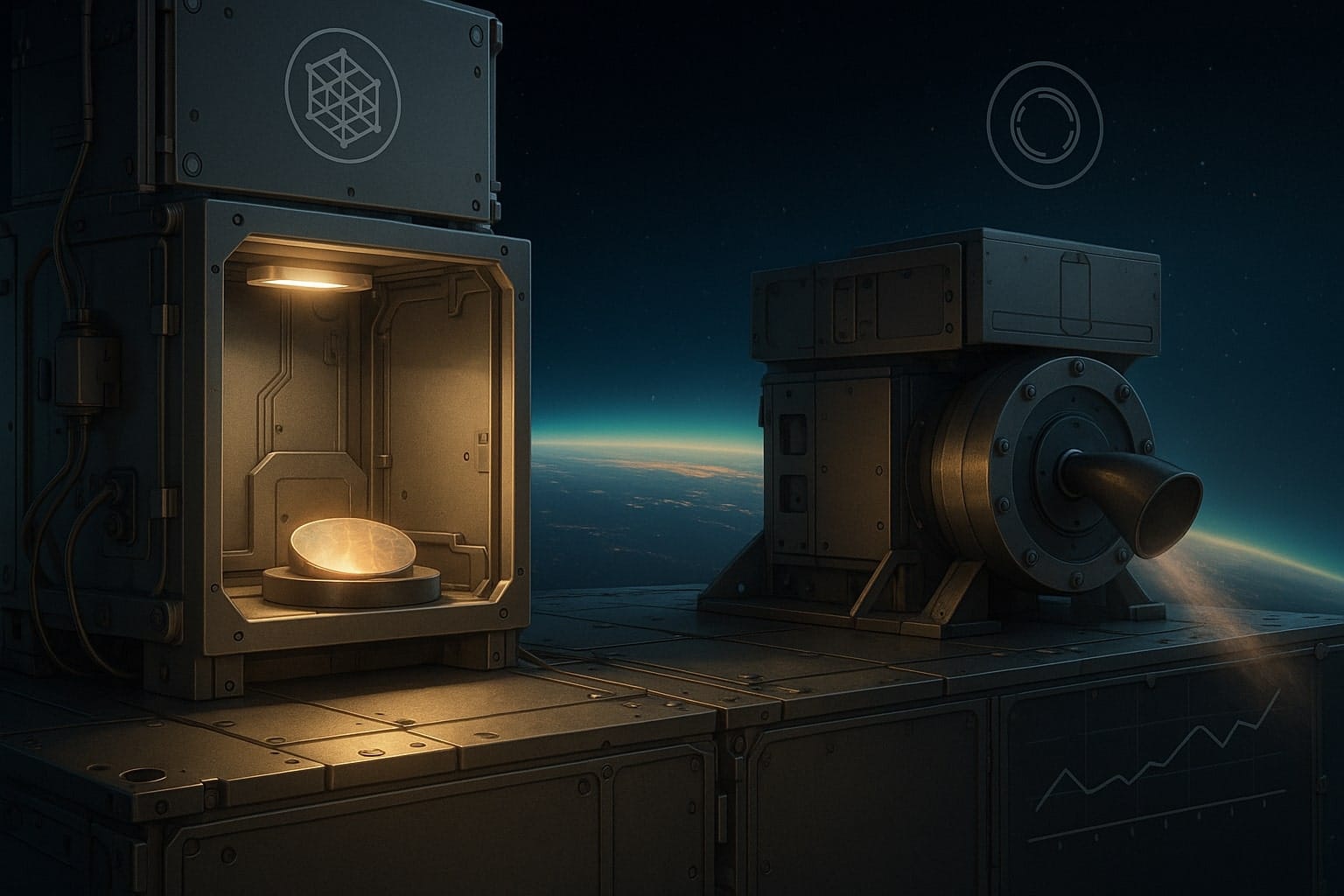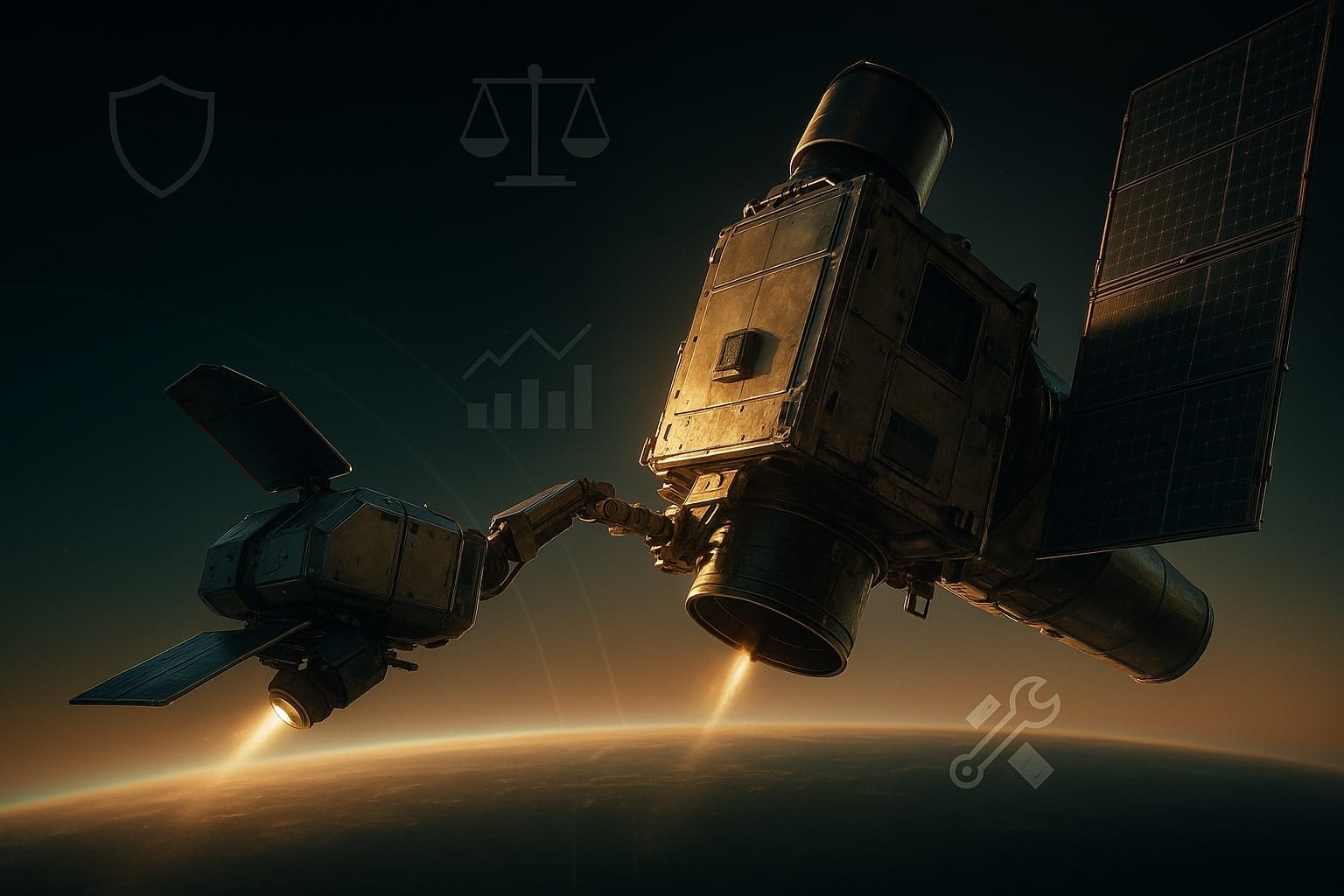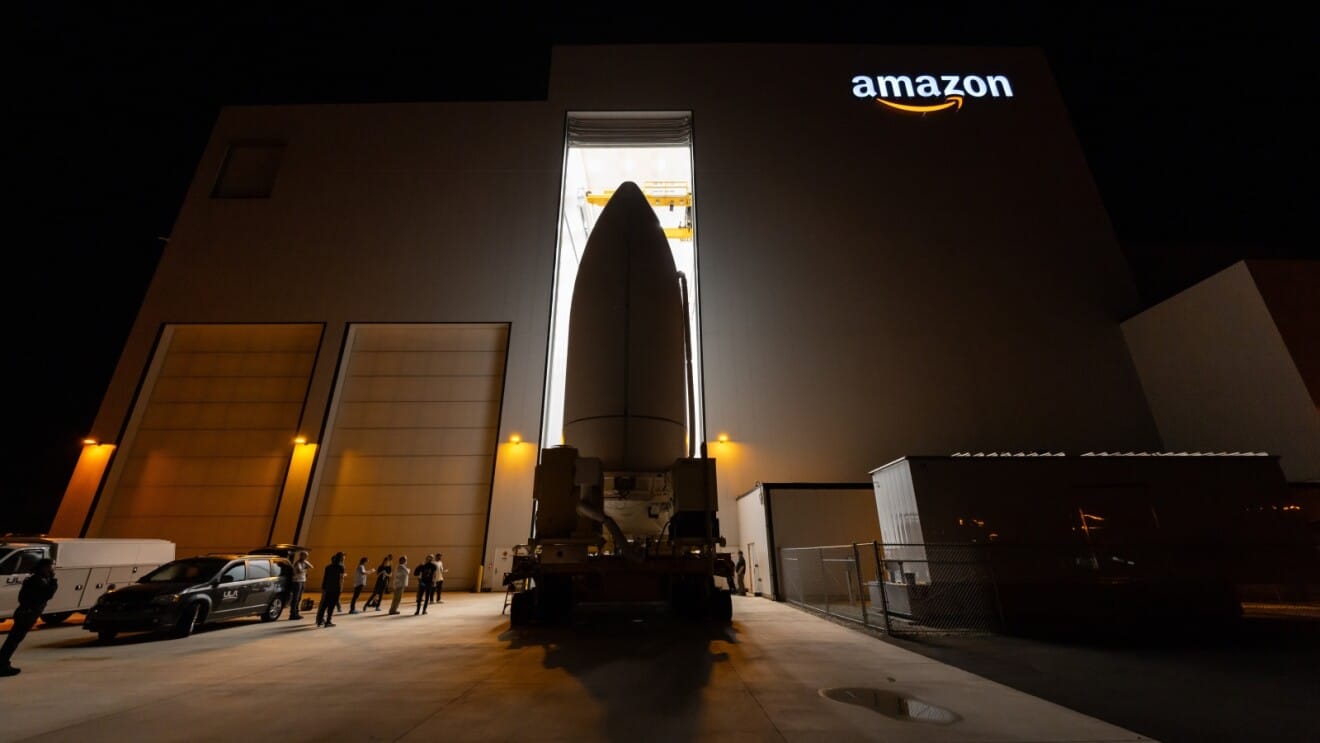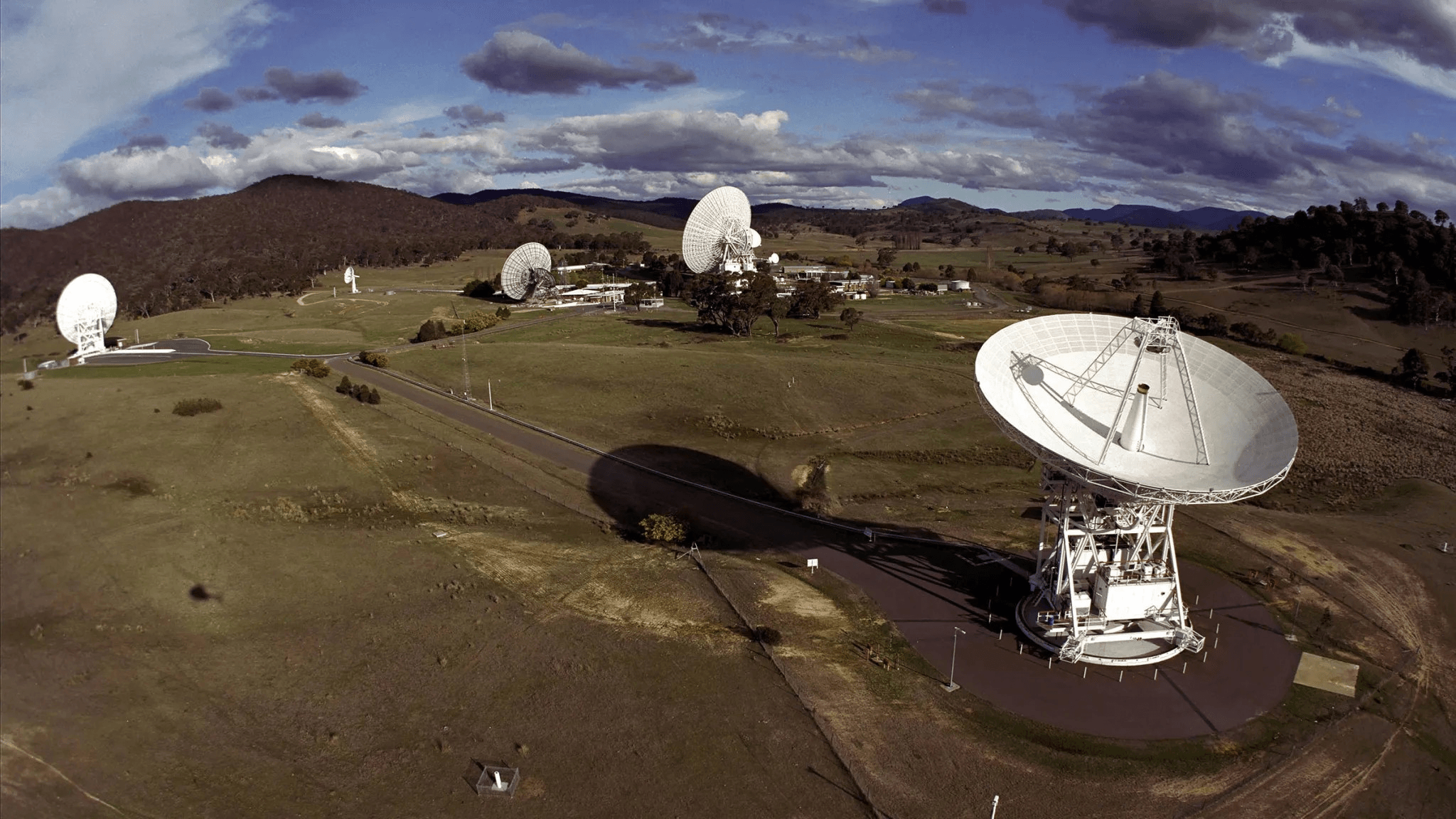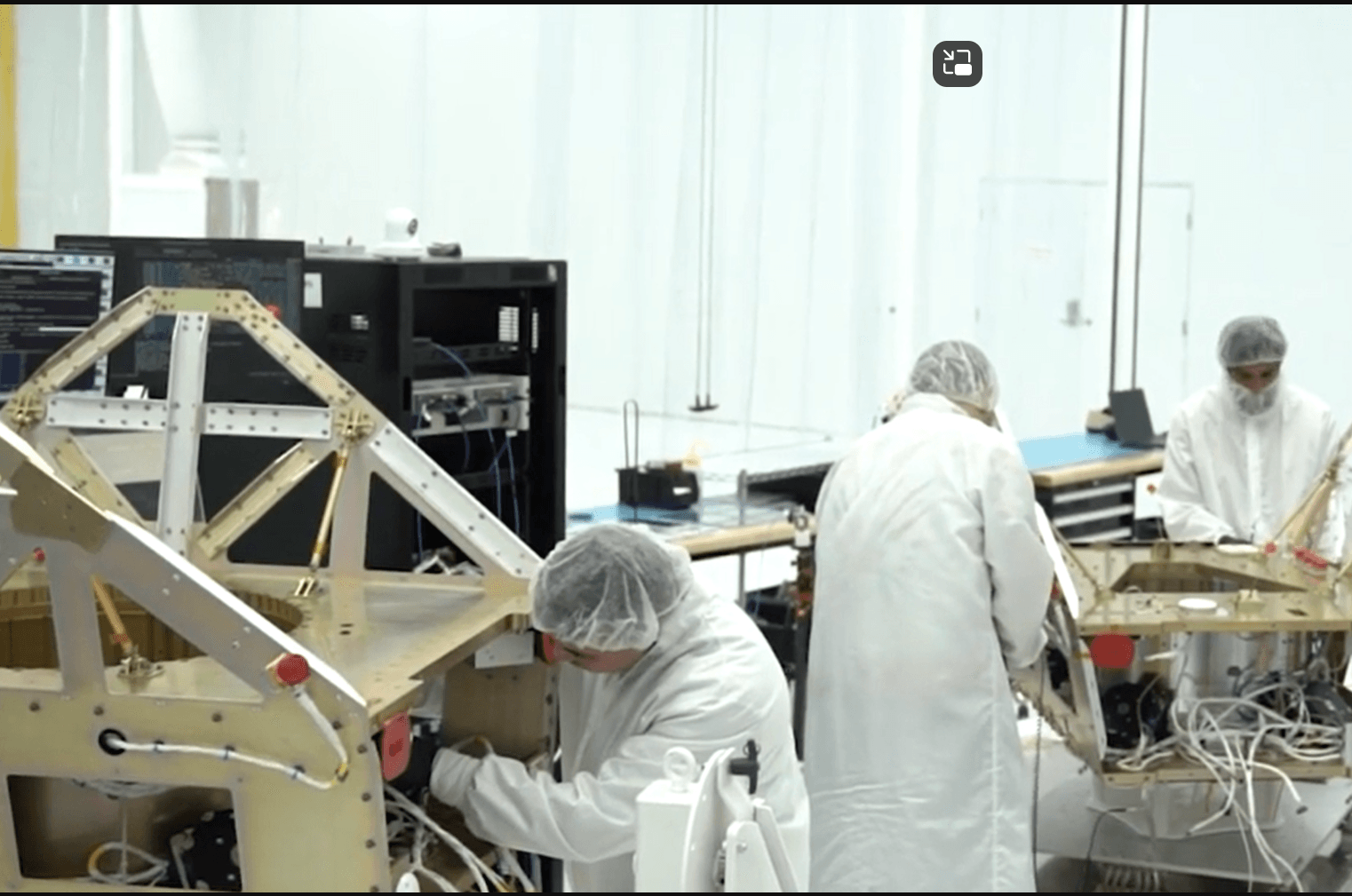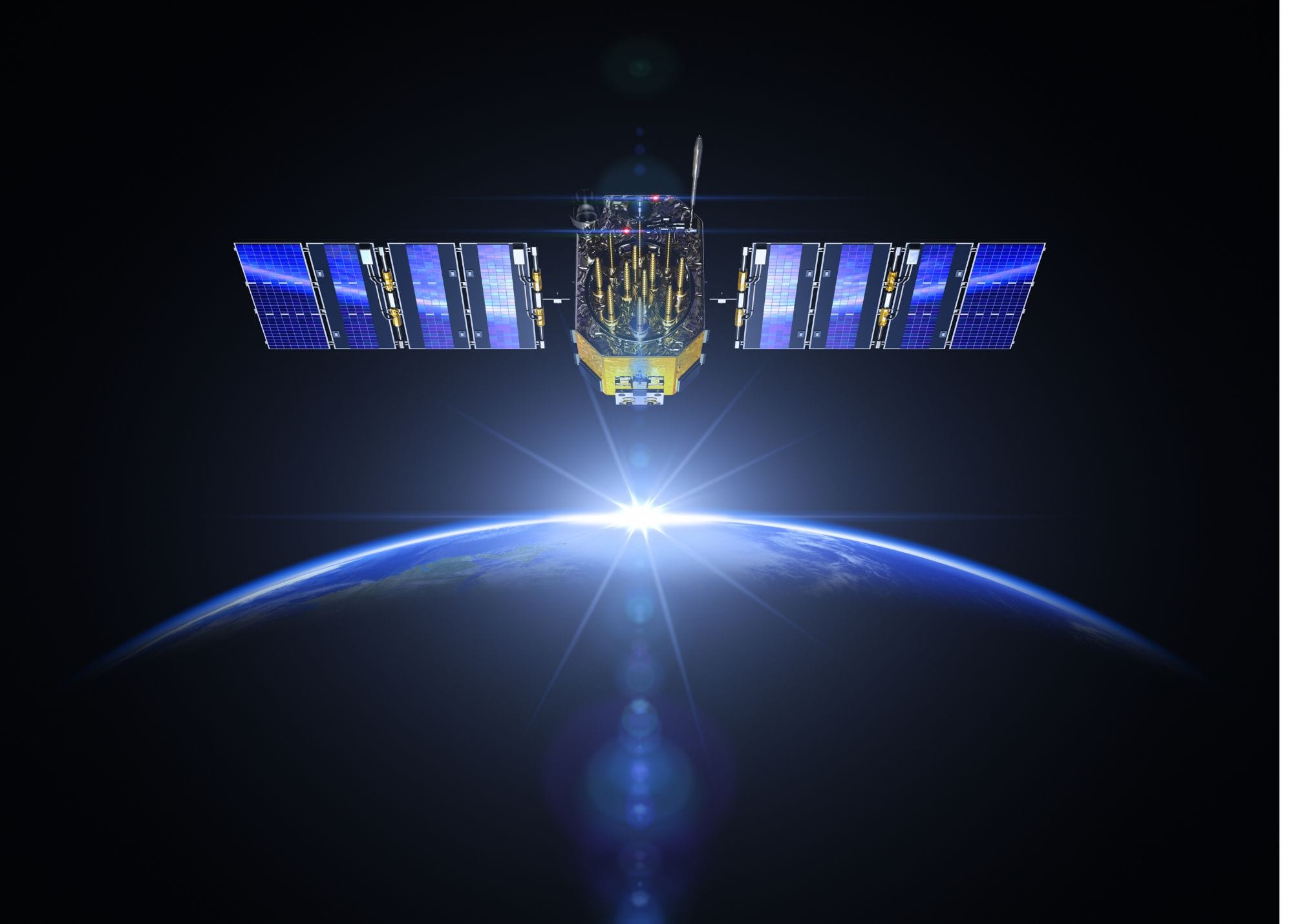Table of Contents
ToggleA Once-in-11,000-Year Rendezvous
In 2076, the dwarf planet Sedna will make its closest swing by the Sun – an event that won’t repeat for another 11,400 years. This distant world, roughly three-quarters the size of Pluto, orbits so far out that it takes over 11 millennia to complete one circuit around the Sun. At its perihelion in the 2070s, Sedna will still be about 76 astronomical units out (around 7 billion miles, or nearly 11 billion km from the Sun) – almost three times farther than Neptune. After this brief visit to the inner fringe of the Oort Cloud, Sedna will retreat into darkness, not to return for many thousands of years. For scientists and explorers, it’s truly a now-or-never opportunity to study one of the Solar System’s most mysterious bodies.
That opportunity, however, comes with a daunting challenge: distance. Even at “only” 76 AU away, Sedna is unreachably far using traditional spacecraft in any reasonable timeframe. For perspective, NASA’s Voyager 2 probe – aided by multiple gravity assists – needed 12 years to reach Neptune (~30 AU) and is now, after 46+ years, about 125 AU from the Sun. A mission to Sedna using conventional chemical rockets and gravity slingshots has been estimated to require on the order of 20–30 years just to perform a high-speed flyby. Indeed, a trajectory study found that a probe launched in 2029 with clever assists (Venus, Earth, and Jupiter) could reach Sedna in about three decades, arriving around 2059. Such timelines push the limits of mission planning – few stakeholders relish missions that span a generation or more. The long cruise also means a fleeting science return (a rapid flyby) after decades of travel. Clearly, if we are to seize Sedna’s brief window, we need something faster.
Revolutionary Propulsion Concepts on the Horizon
Enter two revolutionary propulsion concepts that could transform Sedna from a 30-year odyssey into a single-digit-year journey. A new feasibility study by an international team (led by Elena Ancona of Politecnico di Bari, Italy) examined how cutting-edge engines might slash travel times by over 50%. Their analysis focuses on two very different approaches – one leveraging nuclear fusion and the other harnessing sunlight in novel ways. Both could, in theory, propel a “Sedna Express” mission to its target in as little as 7 to 10 years instead of several decades.
Direct Fusion Drive (DFD): The first concept is a nuclear-fusion rocket engine known as the Direct Fusion Drive. Currently in development at Princeton Plasma Physics Lab, the DFD is designed to produce both thrust and electric power from a controlled fusion reaction. In essence, it would be a compact fusion reactor doubling as a rocket motor. Such an engine promises extremely high specific impulse (fuel efficiency) and continuous acceleration, far beyond what chemical rockets can achieve. In the Sedna study, the team assumes a 1.6 MW DFD system capable of delivering constant thrust for years. The results are striking: a DFD-powered probe could reach Sedna in roughly 10 years, including about 1.5 years of powered thrusting. Even more importantly, a fusion drive could slow down upon arrival – enabling orbital insertion at Sedna, not just a brief flyby. With on-board fusion power, a ~1,000–1,500 kg spacecraft could carry substantial instruments and operate independently of the Sun’s faint light at that distance. In short, the DFD could haul a heavyweight science payload to Sedna and actually stay there to conduct extended research, something unfathomable with current propulsion.
Thermal-Boosted Solar Sail: The second concept is an advanced solar sail system – but not a plain vanilla solar sail. Traditional solar sails use the gentle push of sunlight photons on a large reflective sheet to accelerate a spacecraft, requiring no propellant. This concept builds on that proven idea (demonstrated by missions like JAXA’s IKAROS and the LightSail-2 project, which in 2019 raised its orbit using only sunlight). The twist is to coat the sail with a special material that, when heated by the Sun’s rays, will sublimate (desorb) molecules, providing an extra thermal kick of thrust. In essence, the sail doubles as a very low-thrust rocket: sunlight both pushes on it and heats it to emit gas, dramatically increasing acceleration. Because a solar sail doesn’t carry heavy fuel, a lightweight probe could continuously accelerate all the way out to Sedna. According to the team’s calculations, a craft using this thermal desorption sail – combined with a gravity slingshot around Jupiter – could reach Sedna in about 7 years. That is faster than any spacecraft has ever traversed the outer Solar System. The catch: to achieve such velocity, the sail-powered probe must be extremely light (on the order of only a few kilograms payload) and cannot realistically slow down at destination. It would be a one-shot flyby, zooming past Sedna after seven years of acceleration. What we gain in speed, we sacrifice in prolonged observation time – a classic trade-off in mission design.
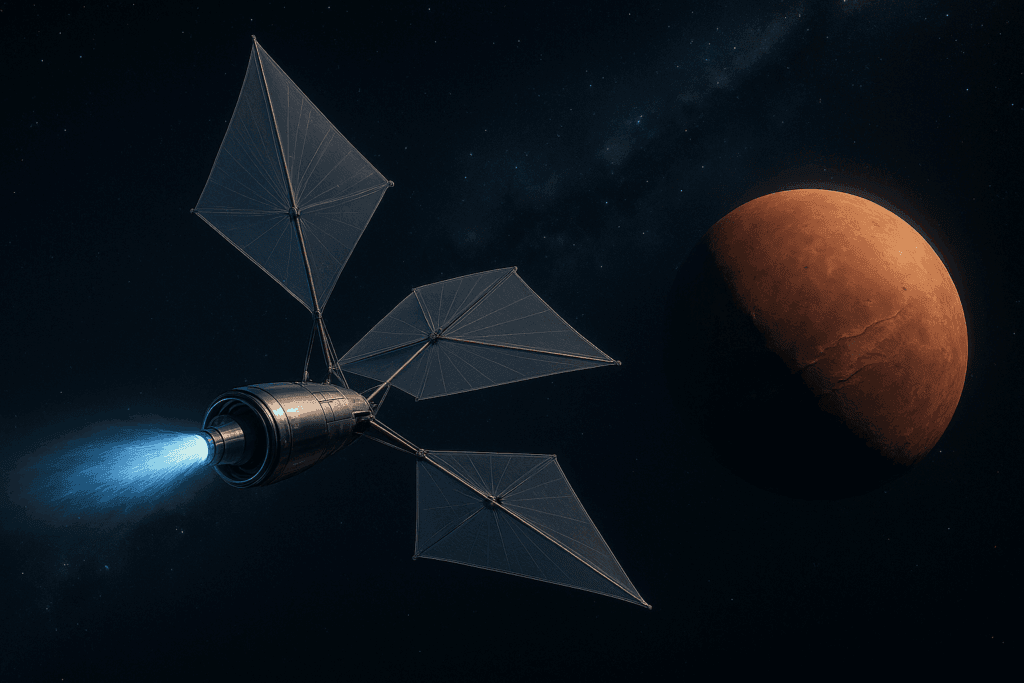
These two forward-looking propulsion schemes differ in philosophy – one is a high-thrust, high-power rocket hauling a substantial payload, the other a minimalist, passive sail relentlessly gaining speed over years. Yet both exemplify the kind of innovation many believe is necessary for exploring the far fringes of the Solar System. “Due to the limitations of traditional methods, innovative propulsion systems are crucial to reach distant targets like Sedna,” the study’s authors note, pointing out that chemical rockets have high thrust but low efficiency, while even modern ion engines, though efficient, produce insufficient thrust for rapid deep-space travel. In other words, neither a huge chemical booster nor a super-efficient ion drive would get a probe to Sedna fast enough to matter – we need a leap in capability.
How Do These Options Stack Up Against Traditional Propulsion?
To put these proposals in context, it’s worth comparing them with other propulsion approaches for deep-space missions. Here’s how the options stack up for a hypothetical Sedna mission:
- Conventional Chemical Rockets: Travel time: ~20–30 years (flyby only). Pros: High thrust for launch and planetary departure; well-proven technology. Cons: Low fuel efficiency (specific impulse ~450 seconds), requiring enormous propellant for long-duration acceleration. Even using gravity assists, a chemical probe to Sedna is a multi-decade endeavor. In one trajectory analysis, a 2029 launch with multiple assists would take ~30 years to reach Sedna – our only chance this century, but a very long wait for very brief science. Orbital insertion is virtually impossible due to the fuel required to slow down at destination.
- Electric Propulsion (Ion/Hall Thrusters): Travel time: potentially 20+ years (flyby; orbit capture not feasible without chemical assist). Pros: Very high efficiency (I_sp of 3,000+ seconds), ideal for gradual acceleration in space. NASA’s ion engines (like on Dawn spacecraft) excel at fine-tuned, long-duration thrusting. Cons: Extremely low thrust levels – measured in millinewtons – meaning it takes months or years to build up velocity. For a Sedna mission, even a nuclear-powered ion drive would likely need decades to spiral outward. The Sedna study team notes electric thrusters are “insufficient for rapid deep-space travel” to such distant targets. They simply cannot shorten the timeline to the single-digit years required.
- Nuclear Thermal Rockets: Travel time: on the order of 15–20 years (flyby; orbit capture possible with staging). Pros: Higher thrust than ion drives and roughly double the efficiency of chemical engines (I_sp ~900 seconds vs. 450). A nuclear thermal propulsion (NTP) stage – heating liquid hydrogen in a reactor – could significantly accelerate a probe on departure. NASA and DARPA are currently testing NTP in projects like DRACO, recognizing its potential to halve transit times to Mars and beyond. Cons: While faster than chemical alone, NTP is still limited by propellant mass. It might cut a Sedna trip to a couple of decades, but not down to <10 years unless combined with other assists. Development and safety hurdles remain, and no NTP has flown yet. It’s an evolutionary improvement, not the game-changer needed for Sedna’s extreme range.
- Direct Fusion Drive (DFD): Travel time: ~10 years (with orbital mission possible). Pros: Continuous thrust for years with high efficiency, potentially reducing travel time by half or more. Capable of delivering a heavy (1+ ton) payload and then decelerating at Sedna. A DFD-powered spacecraft could rendezvous and orbit, allowing extensive study of Sedna over time – a huge scientific payoff. Fusion propulsion would also generate ample onboard power for instruments and communications at 80+ AU. Cons: Unproven technology – sustained fusion in a small spacecraft reactor remains aspirational. Key engineering challenges (plasma stability, thermal management, radiation shielding) must be solved before DFD leaves the lab. In short, it’s not mission-ready and would require a major R&D breakthrough (though progress is being made). Moreover, a fusion craft would be complex and likely expensive to build and fuel.
- Advanced Solar Sail (Thermal Desorption Sail): Travel time: ~7 years (flyby only). Pros: Propellant-free propulsion – continuous acceleration using sunlight, boosted by clever thermal outgassing. Enables unprecedented speed for a small probe, reaching Sedna in the timeframe of a New Horizons-style mission. Leverages demonstrated solar sail physics (e.g. LightSail-2 raising its orbit with solar pressure). Hardware could be relatively simple (large reflective film with coating) and does not require a nuclear reactor. Cons: Very small payload (~kilogram-scale) to achieve the needed acceleration – 1,000 times lighter than the DFD’s payload capability. Only a fast flyby is feasible; the spacecraft would zip past Sedna at high velocity, limiting observations to hours. Navigating and maintaining sail integrity over years and tens of billions of miles is also non-trivial. While solar sails have flown in Earth vicinity, a journey to 76+ AU will test the durability and control of such a system. Additionally, operating instruments and sending data from ~80 AU distance would require creative power solutions (perhaps a small radioisotope battery, since solar power wanes).
It’s evident that the fusion-drive and solar-sail options stand out in their ability to drastically cut travel time. Traditional rockets or even nuclear thermal propulsion might get us to Sedna eventually, but likely not within the preferred window or without heroic mission durations. Ion drives, unless paired with a new power source and maybe an NTP boost, won’t meet the timeline either. In the realm of truly game-changing ideas, only fusion and advanced sail technology promise the combination of speed and (in the case of fusion) mission capability that a Sedna explorer would need.
Embracing the Challenge: Risks and Rewards
Pursuing a mission like “Sedna Express” will demand a bold mindset from space agencies and investors. Both of the advanced propulsion concepts above face steep hurdles. The Direct Fusion Drive, while theoretically capable, remains at the laboratory stage – sustaining a controlled fusion reaction in a small, lightweight engine is something scientists have never done in practice for propulsion. Decades of fusion research underscore how challenging it is to tame the plasma physics. Yet, progress continues: the study notes that if a 1.6 MW fusion rocket can be realized, it might propel a 1000 kg craft to Pluto in just 4 years based on modeling. Achieving such performance outside computer simulations will require significant investment and likely new breakthroughs in materials and reactor design. The payoff, however, would extend far beyond Sedna: a working fusion engine could revolutionize all deep-space travel, enabling routine fast missions to the outer planets and perhaps one day crewed expeditions to Mars or the Jovian moons. It’s the sort of high-risk, high-reward technology that has always defined the leading edge of exploration.
The solar sail with thermal desorption represents a different kind of leap – in some ways more incremental, building on existing solar sail experience, but still pushing into unknown territory. Solar sailing has been extensively studied and even flight-tested in Earth orbit and interplanetary space (Japan’s IKAROS sailed to Venus, for example), but an interplanetary sprint to Sedna raises new issues. Can a delicate sail survive years of maneuvering, including a high-speed Jupiter flyby, and still perform out near 80 AU? How do we ensure the coating’s material provides consistent thrust via outgassing over such a long period? These are engineering questions that could be answered with dedicated prototyping and probably a precursor mission in the inner solar system. The good news is that much of the required technology – ultra-lightweight sail films, deployment mechanisms, thermal coatings – can be tested stepwise, and solar sails don’t involve the political and safety complexities of nuclear systems. In the near term, this approach might be more achievable. Its limitation is the modest scope: a tiny, quick flyby is exciting, but it might leave scientists yearning for more comprehensive exploration.
From a policy and investment perspective, the case for pursuing these advanced propulsion methods hinges on both scientific payoff and strategic value. Scientifically, Sedna offers a chance to directly study an object from the Solar System’s distant frontier – the inner Oort Cloud – which could hold clues about the formation of our planetary system and even the influence of passing stars or hypothetical Planet Nine-like objects on Solar System architecture. Sedna’s extreme orbit and composition (rich in organic reddish material, possibly coated in primordial ices) make it a time capsule of the early Solar System. A long-lived orbiter could map Sedna, analyze its surface chemistry, search for moons, and monitor any thin atmosphere it might transiently gain near perihelion. These are profound scientific returns – but only if we can get there in time and actually stay a while. Technologically, investing in fusion drives or advanced sails aligns with broader ambitions to enable faster, farther space travel. Mastering fusion propulsion, for instance, could give whichever nation or organization that does it a leadership edge in deep-space exploration (much as the Saturn V rocket did in the 1960s). There are also potential spin-offs: innovations in high-temperature superconductors, plasma control, or materials from a fusion-drive program could benefit other industries on Earth. Similarly, perfecting solar sails and related materials could feed back into ultra-light spacecraft design and even renewable energy tech.
Of course, timing is critical. Sedna’s perihelion in 2076 may seem far off, but in space exploration terms it is uncomfortably close. Developing, testing, and deploying a novel propulsion system can easily take decades. A realistic scenario might involve a launch in the 2050s to arrive by the mid-2070s, which in turn means the technology readiness would need to be achieved in the 2040s. That implies decisions and investments in the 2020s and 2030s – essentially now. As one space journalist put it, we must “get working sooner rather than later so that this once-in-140-lifetimes opportunity doesn’t slip through our orbital grasp.” In an era when government space budgets often focus on nearer-term goals (like Moon bases or Mars landings), rallying support for a Sedna mission will require visionary thinking. However, the window is closing: if we don’t commit to a plan using advanced propulsion, Sedna will recede into the cold outer dark, and humankind will miss an epochal rendezvous.
In the final analysis, the Sedna Express concept – be it via a fusion rocket, a light-powered sail, or some combination – represents more than just one mission. It’s a test of our willingness to push the boundaries of technology and explore. Reaching Sedna in under a decade would mark an achievement on par with the Voyagers’ Grand Tour or the Apollo Moon landings, demonstrating that we can vastly extend our reach when we marry bold ideas with resources. The scientists have laid out the blueprint, backed by data and feasibility calculations. Now it falls to space agencies, industry innovators, and perhaps new players in the commercial space sector to decide if they will turn these radical proposals into reality. The message from the research is clear: with ingenuity and investment, that red speck in the twilight of our Solar System could be within our grasp – not in 11,000 years, but in our own lifetimes. The only question is whether we dare to make the journey.





